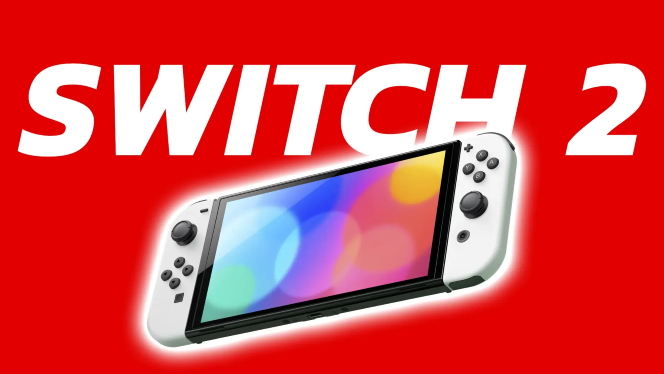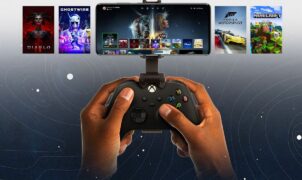The Japanese company’s yet-to-be-announced console, which will likely follow the same format as the best-selling Nintendo Switch (portable but also dockable), will fall short of the performance of Valve’s handheld PC, but how big of a problem is that?
Eurogamer’s tech arm Digital Foundry has released a new video highlighting that it’s not a big deal if the Nintendo Switch 2 (remember, the console doesn’t even have a name yet due to the lack of an official announcement) doesn’t match the performance of current-gen consoles or what Valve’s portable PC offers, as the next console from the big N will receive ports during multiplatform development that meet the platform’s specifications. This includes support for Nvidia’s DLSS upscaling technology, which allows games to be rendered at lower resolutions while still looking good.
A port that was previously thought impossible could be a good example of a successor: 2015’s The Witcher 3: Wild Hunt was developed for PlayStation 4, Xbox One, and PC, but Saber Interactive used some black magic to create an excellent Nintendo Switch port that took into account the platform’s technical capabilities. The performance of the Nintendo Switch 2 will be in the region of the previous generation of consoles: the processor and graphics chip will be better than the PlayStation 4 and Xbox One, so perhaps the Japanese company’s device could do better than the Steam Deck, which we previously heard was delayed from the end of 2024 to the beginning of 2025, so like the Switch, it could be released in March.
But the architectures are significantly different (Steam Deck, Sony, and Microsoft’s consoles are all AMD-based; Nintendo opened up to Nvidia with the Switch, and the Switch’s successor could have the T239 chip), so it’s hard to compare the two. And in terms of battery life, Nintendo might be able to do better than Valve… but this is all unofficial.
Source: WCCFTech
















Leave a Reply